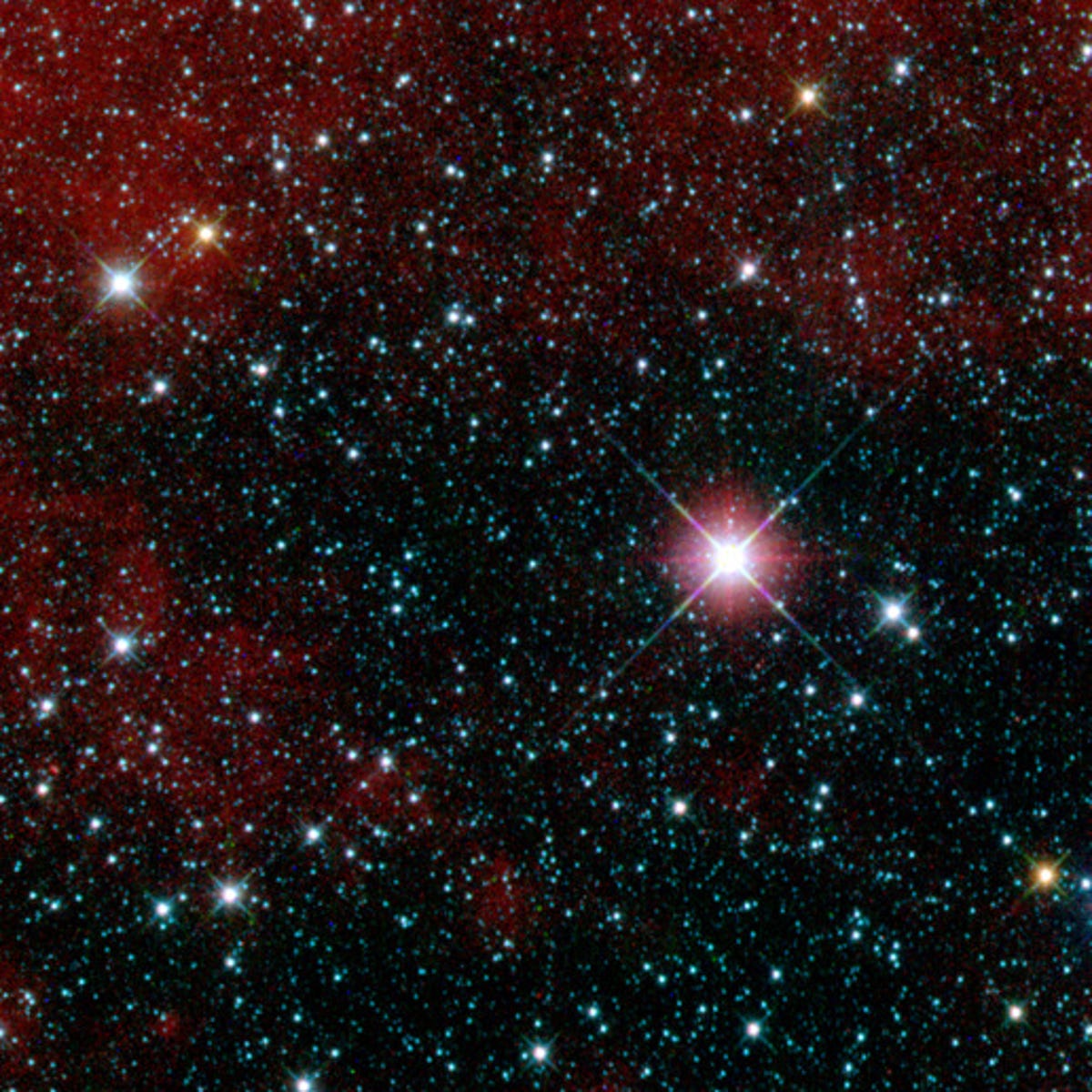NASA trains WISE eye on the sky (photos)
The WISE space telescope has cast aside its lens cap and is taking infrared images of distant stars. NASA releases the very first image.

Constellation Carina
NASA on Wednesday released the very first image taken by its Wide-Field Infrared Survey Explorer (WISE) space telescope, an infrared "snapshot" of the constellation Carina, located near the Milky Way. The "first light" image, seen here, shows roughly 3,000 stars; it was captured shortly after the telescope's protective cover was removed last week, according to NASA.
WISE logo
A Delta II rocket carrying the telescope into Earth's orbit lifted off from Vandenberg Air Force Base in California on December 14. (The image here shows the WISE logo emblazoned on the payload fairing near the top of the Delta II rocket at Vandenberg AFB's Space Launch Complex 2.)
Milky Way
WISE telescope
Telescope mirror
Back-end optics
"To take still images on the sky as it orbits around Earth," NASA says, "WISE will use a scan mirror to counteract its motion. Light from the moving telescope's primary mirror will be focused onto the scan mirror, which will move in the opposite direction at the same rate. This allows the mission to take 'freeze-frame' snapshots of the sky every 11 seconds. That's about 7,500 images a day."
Detector
When the last infrared survey took place, in 1983, that era's Infrared Astronomical Satellite (IRAS) had at its disposal a total of only 62 pixels.

